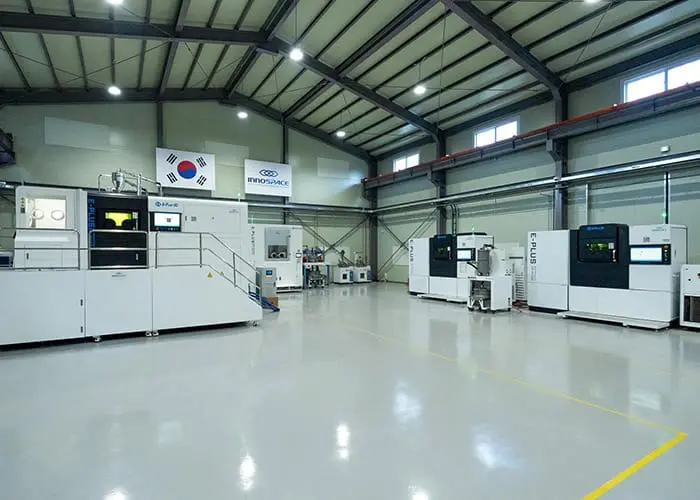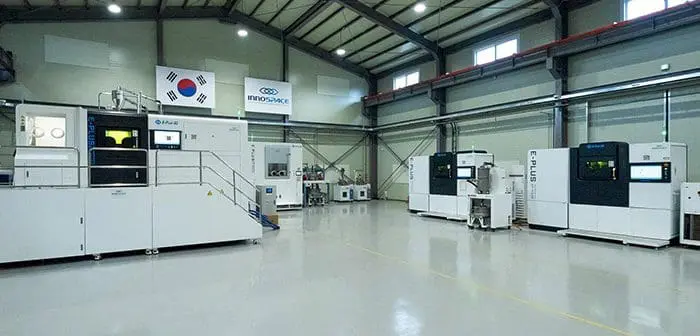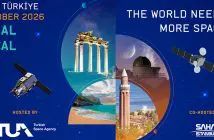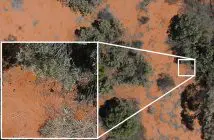
South Korean satellite launch service company INNOSPACE has established an advanced manufacturing division based on proprietary metal additive manufacturing (3D printing) technology to produce in-house rocket engines and core components for space launch vehicles.
With this initiative, INNOSPACE says it will increase its competitiveness across launch services and commercial endeavours.
3D printing is a technology capable of manufacturing complex-shaped parts with high precision and speed. It is recognized as a key technology in the aerospace and defence industries, which requires small-batch production of diverse components.
In launch vehicle development, which necessitates design changes and repeated testing, 3D printing offers an optimal solution for reducing production lead time and maintaining consistent quality — while also ensuring the highest standards of reliability throughout the process.
3D printing brings significant cost advantages. By enabling integrated manufacturing in a single process, it reduces both labour and processing costs. Unlike subtractive manufacturing, it selectively builds material layer by layer only where needed, allowing both process simplification and material efficiency. Compared to traditional manufacturing methods, up to 50% in cost reduction is expected.
The division has officially commenced full-scale operations after successfully verifying the reliability of its quality through shipment inspection based on ISO/ASTM 52941-20, the international standard for aerospace metal additive manufacturing equipment acceptance criteria, a first in South Korea.
The division has established a differentiated manufacturing system that enables fast and reliable product acquisition without the complexity of a traditional supply chain. This system integrates the full spectrum of production processes into a fully in-house, end-to-end control solution, encompassing part design, process development, additive manufacturing, simulation, surface treatment, machining, and quality verification.
By the end of the year, INNOSPACE aims to achieve three key objectives:
- Stabilise production of launch vehicle engines and key components using 3D printing;
- Establish a data-driven quality management system; and
- Optimise manufacturing costs and shorten lead times.
The division has completed process development and initial production of 13 key components, including the first- and second-stage oxidier pumps for the HANBIT launch vehicle and high-precision rotating parts for the pumps, improving process reliability.
“The new division marks a pivotal milestone to internalize production of core components including launch vehicle engines, securing our unique competitiveness in launch service,” said INNOSPACE CEO Soojong Kim. “By applying 3D printing technology, we expect to achieve part lightweighting that reduces rocket mass and increases payload capacity, allowing customers to transport more satellites at a lower cost.”
“This will positively impact future revenue generation. It also has the potential to expand into high-value-added industries beyond aerospace and defence, including automotive and semiconductors, further enhancing INNOSPACE’s commercialisation competitiveness,” he added.





